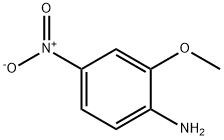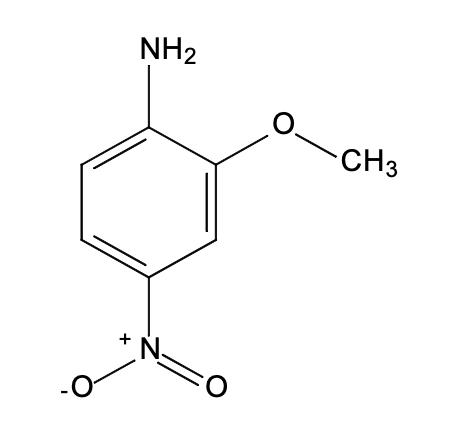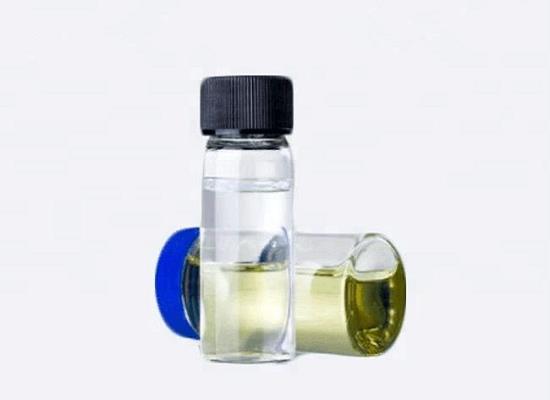2-Methoxy-4-nitroanilin: pharmacokinetics, applications and toxicity
General Description
2-Methoxy-4-nitroaniline is a versatile compound widely used in various industries. It serves as an intermediate for organic synthesis in the production of dyes, pharmaceuticals, and specialty chemicals. Its vibrant orange to red colors make it desirable for dyeing textiles, leather goods, and paper products. The compound participates in diverse reactions, such as coupling and condensation, enabling the synthesis of new compounds. It also finds application in polymer chemistry as a monomer or building block for producing polymers with desired properties. While its pharmacokinetics suggest predominant urinary excretion and low tissue distribution, further research is required to fully understand its toxicity.
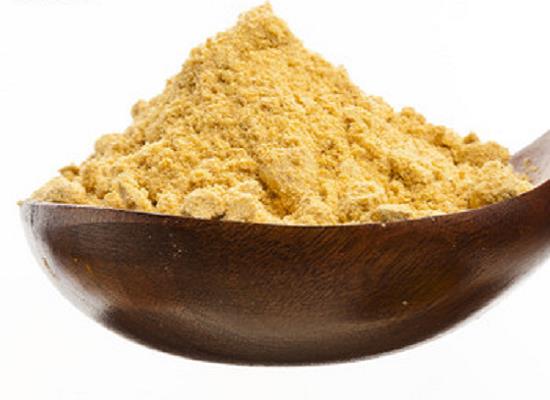
Figure 1. 2-Methoxy-4-nitroaniline
Pharmacokinetics
The pharmacokinetics of 2-methoxy-4-nitroanilin were investigated in rats, mice, and humans. Following oral administration to rats, the majority of the radioactivity derived from [14C] MNA was excreted in urine, with 75-79% of the dose recovered within 72 hours. Urinary excretion rates were similar across all dose levels, with 56-60% excreted within the first 24 hours. Fecal excretion accounted for approximately 10-12% of the radioactivity. The highest tissue/blood ratios (TBR) were observed in the liver, while low TBR values were generally found in other tissues. Comparison of oral and intravenous (IV) administration in rats revealed similar excretion patterns and tissue levels for MNA. In both routes of administration, the majority of radioactivity was excreted in urine, with approximately 76-79% recovered within 72 hours. Fecal excretion accounted for approximately 11-12% of the radioactivity. Lung and heart tissues exhibited higher levels of radioactivity after IV administration compared to oral administration. In mice, the excretion pattern and tissue levels of MNA were similar between sexes and routes of administration. Approximately 55-68% of the administered dose was excreted in urine, and 22-30% was excreted in feces within 72 hours. Tissue levels of radioactivity were low in both sexes. Overall, the pharmacokinetic profile of 2-Methoxy-4-nitroanilin suggests predominant urinary excretion, low tissue distribution, and relatively slow clearance, with some differences observed between species and sexes. 1
Applications
2-Methoxy-4-nitroaniline is widely utilized in various industries and research fields. Primarily, it serves as a vital intermediate for organic synthesis, particularly in the production of dyes and pharmaceuticals. In the dye industry, 2-Methoxy-4-nitroaniline acts as a diazo component for synthesizing azo dyes. Its vibrant orange to red colors make it highly desirable for dyeing textiles, leather goods, and paper products in the textile, leather, and paper industries. Moreover, it plays a significant role in organic synthesis, participating in diverse reactions such as coupling, condensation, and nucleophilic substitution. This compound is extensively employed in the synthesis of pharmaceuticals, agrochemicals, and specialty chemicals due to its versatile reactivity and functional groups. In polymer chemistry, this compound can serve as a monomer or a building block. It provides specific functional groups required for polymerization reactions, enabling the production of polymers with desired properties like optical clarity, thermal stability, and electrical conductivity. Furthermore, 2-Methoxy-4-nitroaniline finds applications in research and development laboratories. Its reactivity makes it an invaluable starting material for synthesizing new compounds, allowing scientists to explore novel chemical reactions and develop innovative materials. Overall, 2-Methoxy-4-nitroaniline demonstrates versatility and significance across different industries, contributing to the synthesis of dyes, pharmaceuticals, agrochemicals, and specialty chemicals. Its applications range from dyeing textiles to advancing research and development efforts in chemistry. 2
Toxicity
The toxicity of 2-methoxy-4-nitroaniline has not been extensively studied, but it is known to undergo in vivo metabolism into 4-nitrophenol, which has potential hepatotoxicity and can affect the immune system. Additionally, 2-methoxy-4-nitroaniline may cause skin and eye irritation. Due to its potential toxicity and the limited research available, this compound is not widely used in industry and primarily serves as an intermediate for organic synthesis. It is recommended to minimize prolonged exposure and avoid unnecessary contact with 2-methoxy-4-nitroaniline, particularly on the skin and eyes. Further research is necessary to fully understand the toxicity and potential health risks associated with this compound. 3
Reference
1. Mathews JM, Zhan Q, Etheridge AS, et al. Metabolism and disposition of 2-methoxy-4-nitroaniline in male and female Harlan Sprague Dawley rats and B6C3F1/N mice. Xenobiotica, 2012, 42(12):1213-1224.
2. Milbank JB, Stevenson RJ, Ware DC, et al. Synthesis and evaluation of stable bidentate transition metal complexes of 1-(chloromethyl)-5-hydroxy-3-(5,6,7-trimethoxyindol-2-ylcarbonyl)-2,3-dihydro-1H-pyrrolo[3,2-f]quinoline (seco-6-azaCBI-TMI) as hypoxia selective cytotoxins. J Med Chem, 2009, 52(21):6822-6834.
3. Frawley RP, Witt KL, Cunny H, et al. Evaluation of 2-methoxy-4-nitroaniline (MNA) in hypersensitivity, 14-day subacute, reproductive, and genotoxicity studies. Toxicology, 2020, 441:152474.
You may like
Related articles And Qustion
See also
Lastest Price from 2-Methoxy-4-nitroaniline manufacturers

US $10.00/KG2025-04-21
- CAS:
- 97-52-9
- Min. Order:
- 1KG
- Purity:
- 99%
- Supply Ability:
- 100 mt
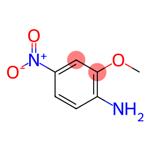
US $0.00/kg2025-04-15
- CAS:
- 97-52-9
- Min. Order:
- 20kg
- Purity:
- 99%
- Supply Ability:
- 20 tons
